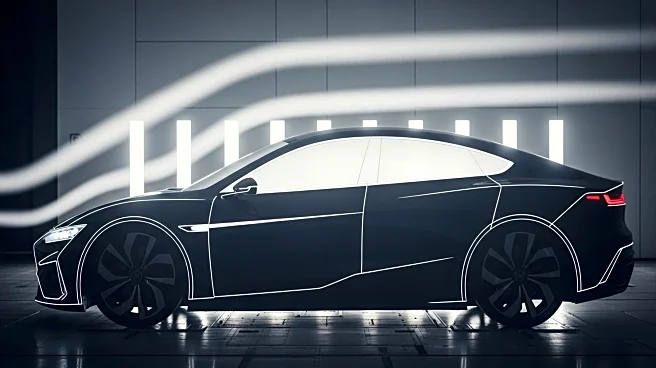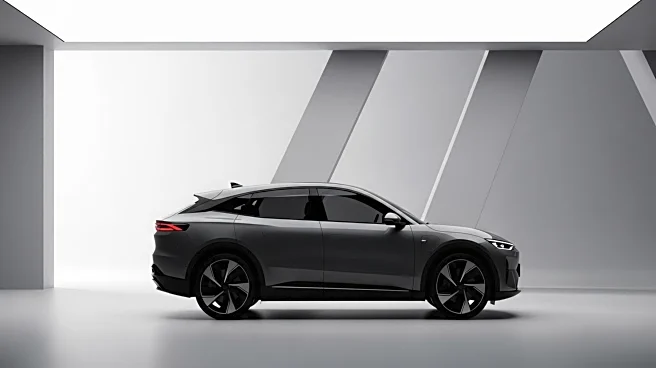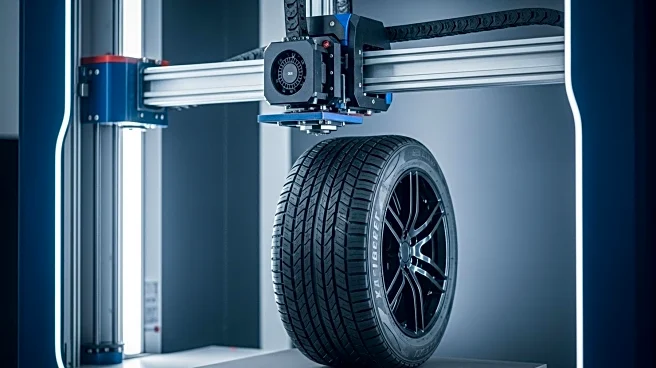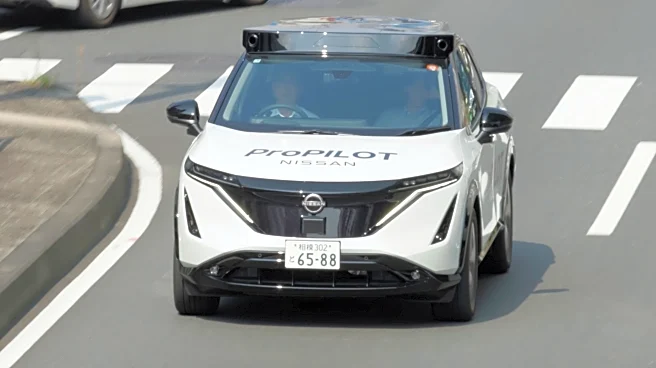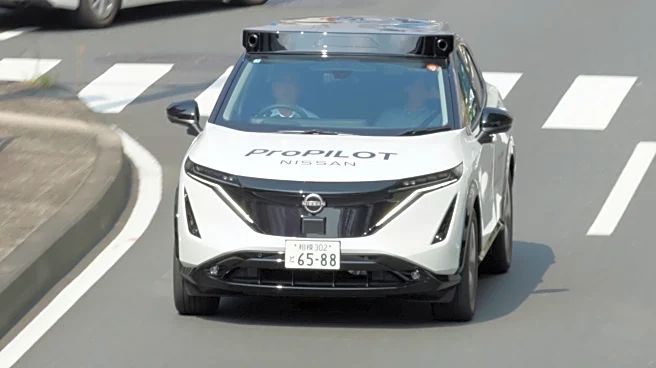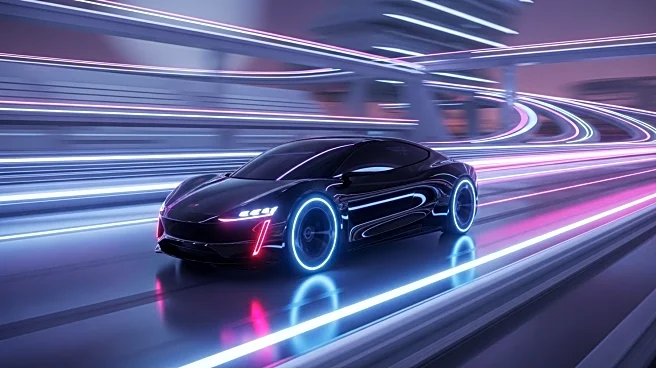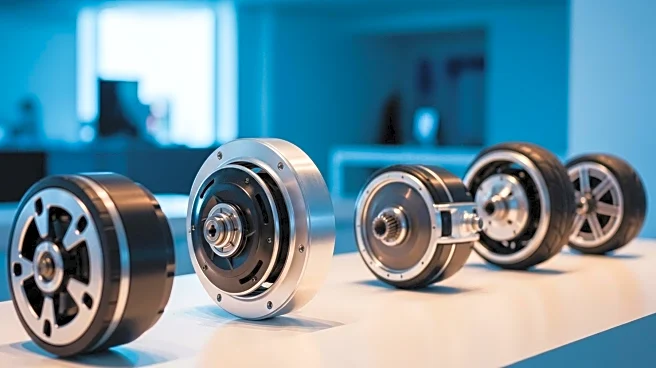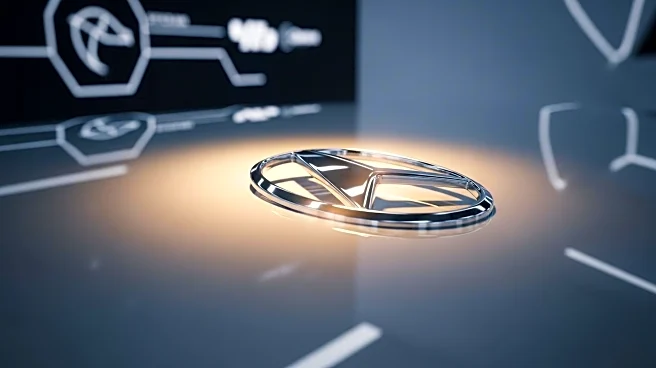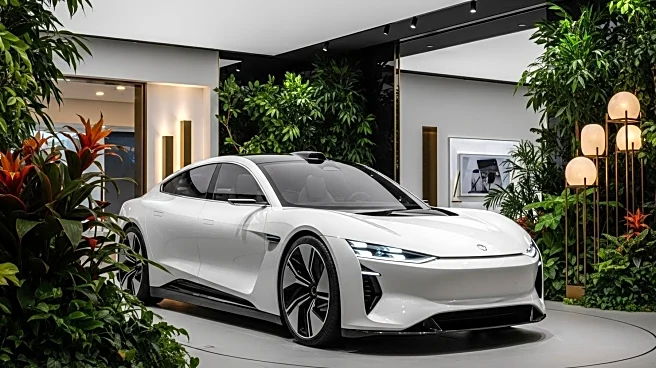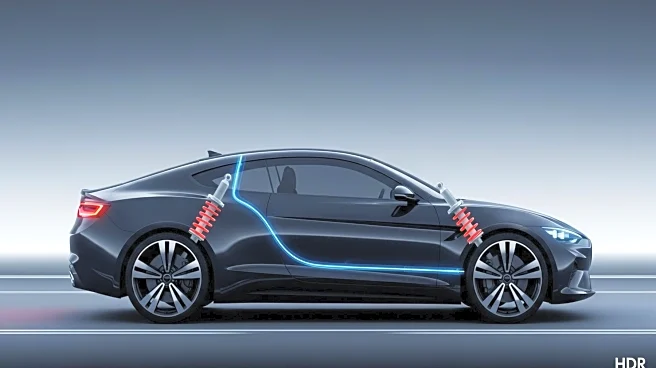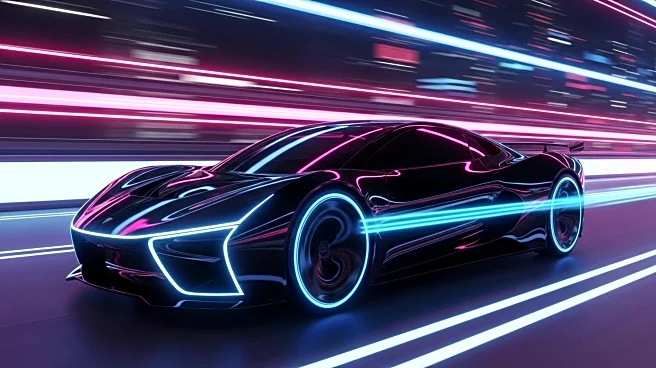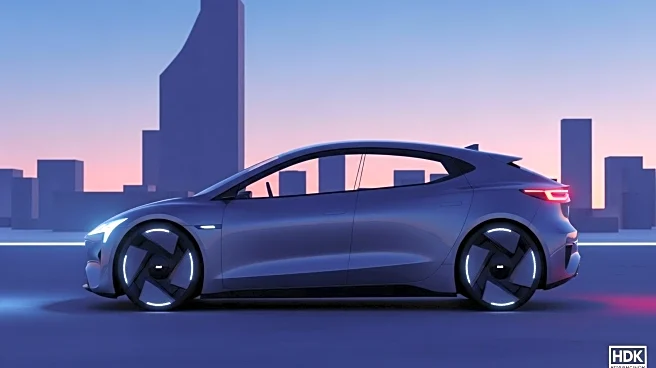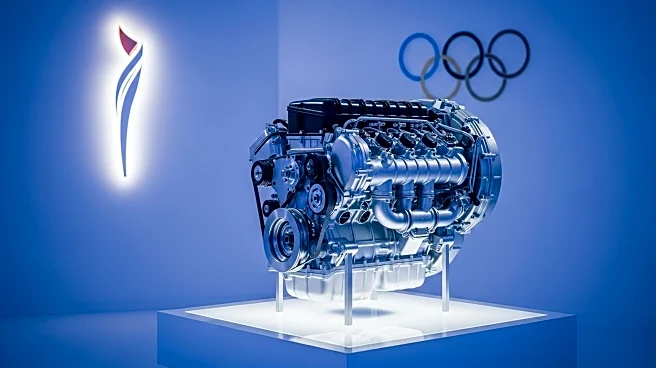What is the story about?
What's Happening?
Mercedes-Benz has introduced significant advancements in aerodynamic technology aimed at improving the efficiency and comfort of electric vehicles (EVs). The company has focused on reducing the drag coefficient of its vehicles, which extends driving range and enhances the overall driving experience. This effort is exemplified by the electric CLA model, showcasing Mercedes-Benz's commitment to engineering excellence. The brand's historical pursuit of aerodynamic efficiency dates back to the 1930s, with innovations like the 'Kammback' designs and the establishment of its first full-size wind tunnel in 1943. These facilities continue to play a crucial role in testing airflow and other aerodynamic factors. Mercedes-Benz's state-of-the-art testing facilities, such as the Sindelfingen aeroacoustic wind tunnel, are equipped with 350 microphones to identify wind noise and refine vehicle designs for improved cabin comfort.
Why It's Important?
The advancements in aerodynamic technology by Mercedes-Benz are significant for the automotive industry, particularly in the context of electric vehicles. By reducing drag and enhancing efficiency, Mercedes-Benz is setting new standards for EV performance, which could influence other automakers to adopt similar technologies. The focus on aeroacoustics also highlights the importance of cabin comfort, which is a key factor for consumer satisfaction and safety. As the demand for efficient and comfortable vehicles grows, Mercedes-Benz's innovations could lead to increased competitiveness in the EV market, potentially driving further advancements in vehicle design and engineering.
What's Next?
Mercedes-Benz's continued focus on aerodynamic innovation suggests that further advancements in EV design are likely. The introduction of concept vehicles like the VISION EQXX, with a drag coefficient of 0.17, indicates ongoing efforts to push the boundaries of automotive engineering. Other automakers may respond by investing in similar technologies to enhance their own EV offerings. Additionally, the use of psychoacoustic metrics to assess noise perception could lead to new standards in vehicle design, emphasizing comfort and safety. As the industry evolves, Mercedes-Benz's commitment to innovation may inspire broader changes in automotive design and manufacturing.
Beyond the Headlines
The emphasis on aerodynamic efficiency and cabin comfort by Mercedes-Benz reflects broader trends in the automotive industry towards sustainability and consumer-centric design. The use of bio-based materials and advanced testing facilities underscores the brand's commitment to reducing environmental impact while enhancing vehicle performance. These efforts align with global initiatives to reduce carbon emissions and promote sustainable transportation solutions. As Mercedes-Benz continues to innovate, the ethical and environmental implications of its advancements may influence industry standards and consumer expectations, driving long-term shifts in automotive design and manufacturing practices.
AI Generated Content
Do you find this article useful?
